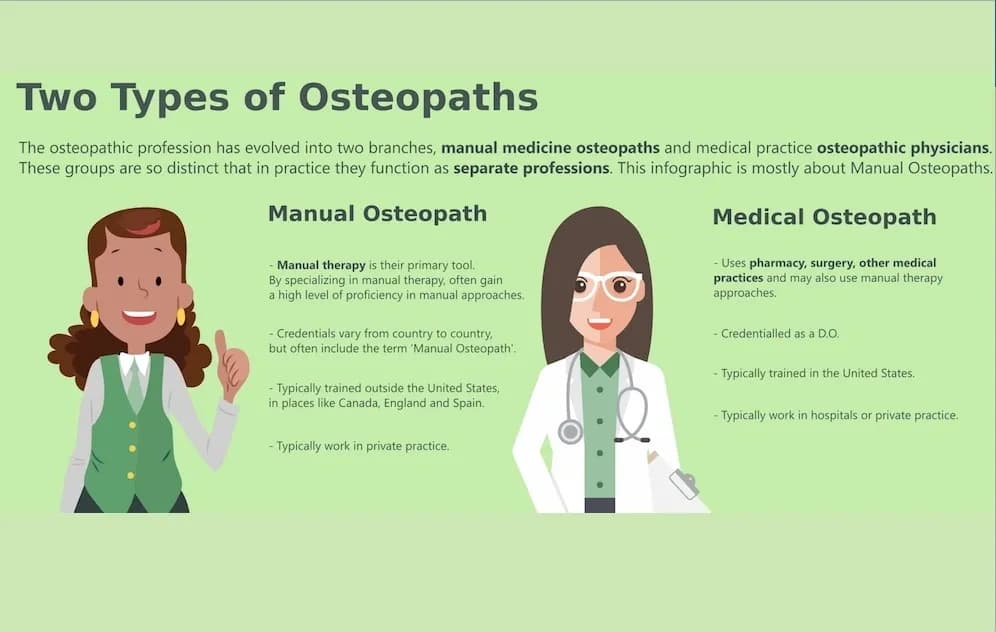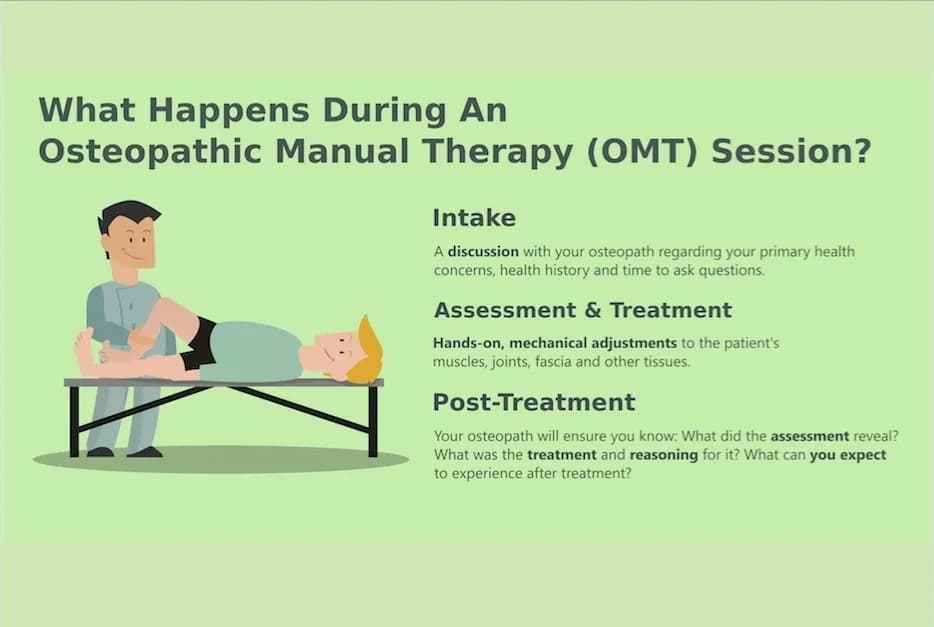
Did you know your body has the ability to heal itself? This is the central aim of osteopathy – to get your body back into balance and remove barriers to good health. In this article, we take a closer look at the role of an osteopath and why you might want to visit one.
What is Osteopathy?
Osteopathy has been around since the late 19th century, when it was discovered by an American physician by the name of Andrew Taylor Still. Since then, it has become an increasingly popular treatment around the world.
The therapy takes a holistic approach to health. Osteopaths are allied health professionals who aim to improve the body's balance and mobility through the application of gentle manual techniques. These methods include stretching, myofascial release, joint manipulation and soft tissue massage.
Your osteopath will use a heightened sense of touch – called palpation – to assess your body and find points of strain and weakness. He or she will then choose a treatment plan that suits your body's needs and physical condition.
How an Osteopath Might Help You
Osteopaths employ a range of treatments for a variety of musculoskeletal conditions such as sports injuries, shoulder pain, sore knee and a wide range of other issues. Besides providing pain relief, they also aim to restore normal body function to ensure optimal health.
An osteopath is able to provide both preventative treatment and acute treatments since they have been trained on how to treat a range of conditions, from childhood issues such as asthma, bedwetting and feeding problems to adult issues like muscle spasms and neck pain.
Source: White Horse Osteopathy
The common reasons men visit an osteopath include:
- Lower back pain caused by heavy lifting at work
- Sports injuries or falls
- Repetitive strain injuries (RSI)
- Disc injuries
- Muscle pain
Women, on the other hand, visit an osteopath for the following reasons:
- Pelvic pain
- Premenstrual symptoms
- Pregnancy-related symptoms such as back pain
- Labour pains
- Postpartum symptoms
- Common cold
- Neck pain
Osteopathy may also help circulatory issues, chronic fatigue and endometriosis. It may also assist pregnant women before and after childbirth. Another positive outcome of the treatment is being able to sleep better and having an increased energy level.
In some instances, osteopathic treatment has a flow-on effect, improving the body's circulatory, nervous and lymphatic systems.
Osteopathy is a great way of helping to treat musculoskeletal pain and dysfunction without resorting to pharmaceutical or surgical methods, which often involve significant time off work, not to mention adverse events. Instead an osteopath provides effective treatment for many common issues among men and women alike in a shorter space of time than using conventional medicine to help you get back on track much faster.
What's Involved in an Osteopathic Treatment Plan?
When you visit an osteopath, your osteopathic examination will focus on general movements of your body such as how you sit, stand and walk. Range of hands and legs and muscle tone are also taken note of to spot any muscle imbalances that can lead to injury.
The osteopath will also record areas of stiffness and tenderness in muscles and tendons, signs of degenerative changes in connective tissue, including the early stages of osteoarthritis, postural strain and abnormal gait.
Your osteopath will be able to advise you on specific movements and exercise programs that can improve your overall wellbeing. Additionally, they will take into account the activities that you participate in, such as sports, hobbies or other recreational activities you enjoy, to ensure that appropriate care is taken when diagnosing and treating your condition.
The benefits of visiting an osteopath include improved posture, reduced pain and increased mobility. The therapeutic skills of the osteopath will relieve muscular tension and spasms as well as improving flexibility and range of motion. Osteopathy can even help you recover more quickly after injuries such as a car accident or sports injury. It can also be useful for persistent aches and pains linked to stress where the cause cannot be identified easily.
Things to Consider Before Your Initial Consultation
Before going to an osteopathy clinic for your first ever osteopathy treatment, there are certain things you must do to get the most out of your visit. These tips will prepare you for your appointment with your osteopath:
- Make a list of your health complaints
- Get a good night's sleep and ensure that you have refrained from using alcohol the night before
- Inform the osteopath of any prescribed medication you may be taking, including vitamins, minerals, herbal supplements or over-the-counter drugs.
- Let them know about any medical condition you may have such as heart disease, hypertension or diabetes.
- Wear loose comfortable clothing and bring your medical records with you
It is recommended to keep a journal of your treatment sessions as this can be beneficial in tracking your health progress following treatment. Include the day, time and length of the treatment, as well as whether or not there was any discomfort before or after the treatment.
By combining osteopathy with a healthy diet and appropriate exercise routine, you may find you have a greater awareness of your body and are able to prevent other injuries and illnesses from occurring.
Interested in trying osteopathy? You can check the Natural Therapy Pages' comprehensive list of natural health practitioners to find a qualified osteopath near you.
Originally published on Jul 18, 2013












